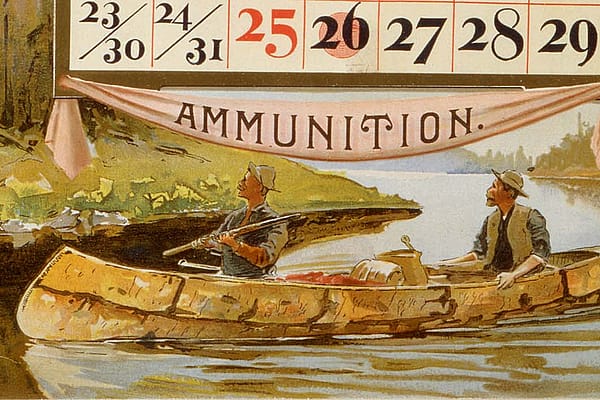
Treasures from Our West: The Mountaineers by Carl Rungius
Originally featured in Points West magazine in Spring 2016
The Mountaineers—Big Horn Sheep on Wilcox Pass by Carl Rungius
Carl Rungius (1869 – 1959) was a German-born American artist who drew his artistic inspiration from the wildlife and landscapes of the American and Canadian West. Over a two-year period beginning in 1910, he trekked to Canada’s Banff National Park in Alberta to study bighorn sheep. These trips would be the first of many to the area, thanks to invitations from hunting guide Jimmy Simpson, whom Rungius met in New York.
One of Rungius’s chief artistic concerns as a wildlife painter was accurately depicting animals and their natural habitats. Thus, much of his artistic research focused on close observation of wildlife, including the study of seasonal changes in appearance within particular species. His 1912 painting The Mountaineers, an iconic portrayal of bighorn sheep, muscular and majestic against a vertiginous backdrop, benefitted from Rungius’s close visual study and research.
It was Rungius’s belief that hoofed game, including bighorn sheep, were at their physical prime during September and early October. Fall, therefore, was the ideal time at which to paint them. Perched on a rocky outcropping of Cascade Mountain, the sheep are perfectly positioned within the landscape to show off their impressive physiques.
Carl Rungius (1869 – 1959). “The Mountaineers—Big Horn Sheep on Wilcox Pass,” 1912. Oil on canvas, 60 x 75 in. Gift of Jackson Hole Preserve, Inc. 16.93.1
Post 176
Written By
Nancy McClure
Nancy now does Grants & Foundations Relations for the Center of the West's Development Department, but was formerly the Content Producer for the Center's Public Relations Department, where her work included writing and updating website content, publicizing events, copy editing, working with images, and producing the e-newsletter Western Wire. Her current job is seeking and applying for funding from government grants and private foundations. In her spare time, Nancy enjoys photography, reading, flower gardening, and playing the flute.










